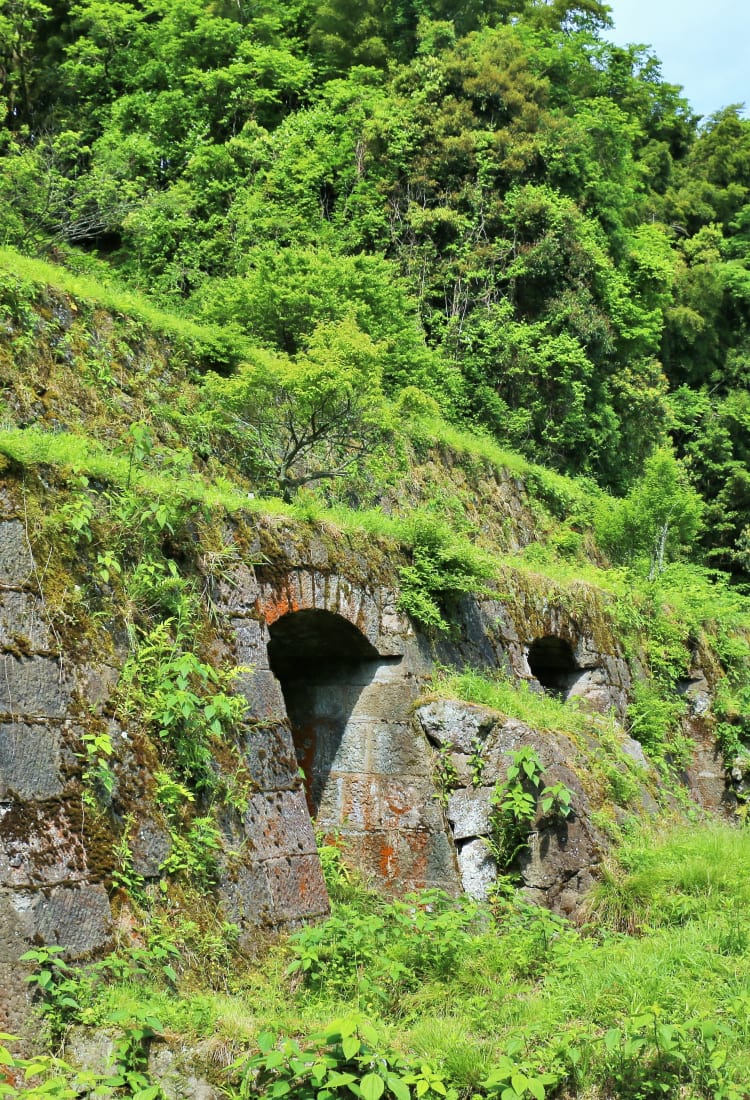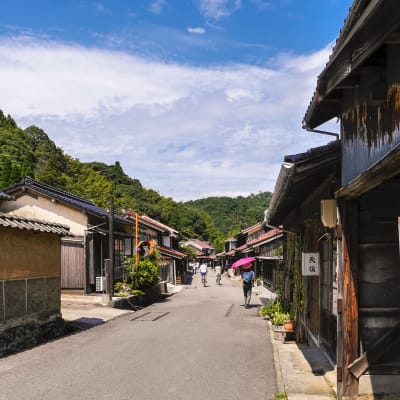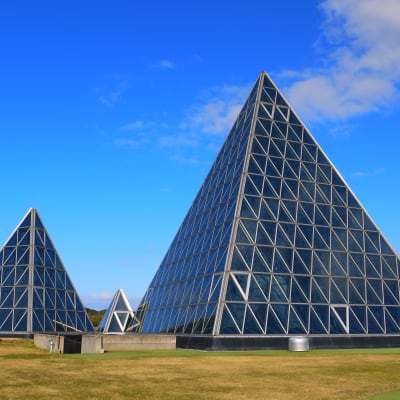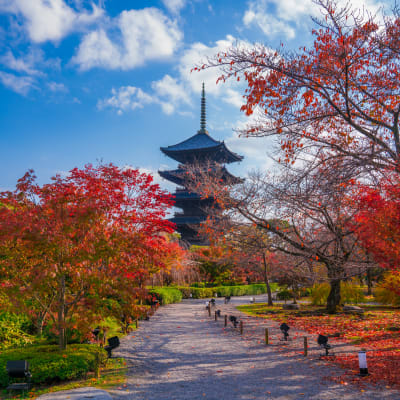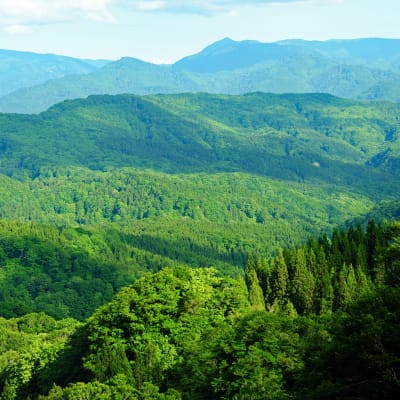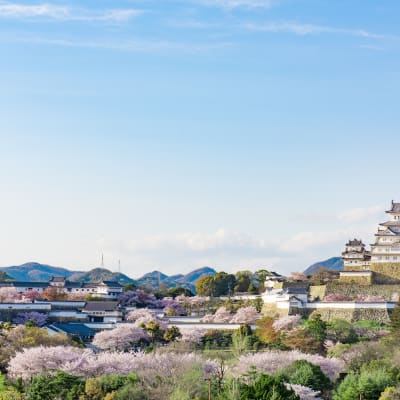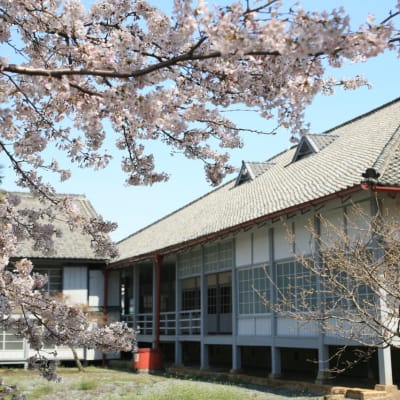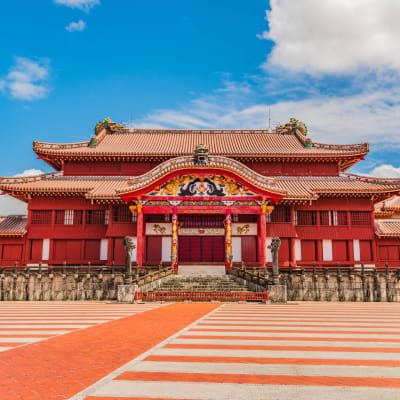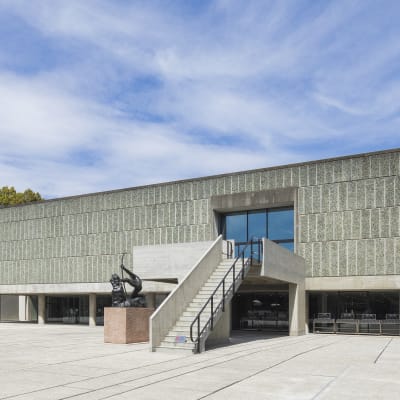Between 1527 to 1923, Iwami Ginzan flourished as one of the world's great silver mines, with as much as one-third of the world's 16th century silver sourced here
Located over a wide area in the central region of Shimane Prefecture of the Chugoku Region , the mine and the surrounding area retain the same features as they did centuries ago. You'll find the mine nestled within dense forest and mountainous terrain, which locals have taken great care to preserve.
Highlights
- Walking through the Ryugenji Mabu Mine Shaft, which was in operation in 1715
- Exploring the nearby settlement of Omori-cho, where local miners resided
- The 12-kilometer course stretching from the mine to the port town of Okidomari

Enjoy a casual stroll or a long hike
A decisive factor in Iwami Ginzan's designation as a World Heritage site is that the silver mine is set in an expansive natural environment and that it co-existed side-by-side with this environment over a long period. Iwami Ginzan spreads out over a large area, and you can choose from multiple courses to explore—depending on the path you take, you may encounter rugged mountain trails or paths that weave through the countryside.
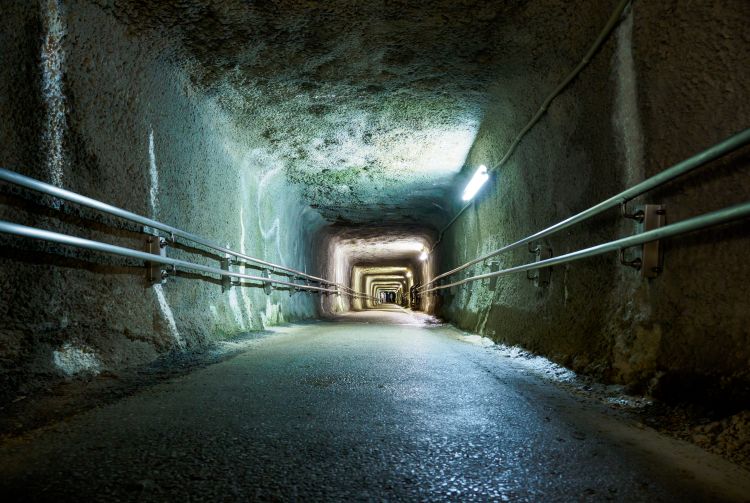
Walk through a mine shaft
The mine has around 1,000 shafts, known as mabu. Among these, Ryugenji Mabu Mine Shaft, in operation in 1715, is open to visitors, and showcases the various mining processes used throughout the centuries. Go through the entrance of the small tunnel located inside the forest, allowing you to get an idea of the mining processes when it was entirely manual. You will exit from a different side.
Learn about ancient mining techniques
The miners at Iwami Ginzan used a refinement method known as “haifuki-ho” (cupellation method), which was introduced to Japan via Korea in 1533. This method involves melting silver ore and lead into an alloy, which is then spread out in a furnace and heated at an incredibly high temperature to extract the silver. The method dramatically increased Japan's silver production.

Wander through the old mining town
Two kilometers from the Ryugenji Mabu Mine Shaft is the town of Omori . The settlement developed alongside the mine and is home to a Magistrate's Office, old samurai residences, shrines, and shops. Today, you'll find that many of these structures have been refurbished into cafes and souvenir shops. Particularly noteworthy is the residence of the Kumagai family. The oldest home in the residence, this structure will give you a glimpse into what life was like for successful silver merchants in centuries past.
Peer inside the caves of a mountainside temple
A scenic path connects the mine to the port of Okidomari, 12 kilometers away. Along this path, you'll come across Rakanji Temple, which is home to three caves occupied by 500 jizo statues, each engraved with distinct facial features.


Relax in the surrounding port towns
When you visit the area, you can enjoy taking a rest at the famous hot springs in Yunotsu , adjacent to Okidomari. Visit the two public baths to relax in the restorative waters, which are famous throughout Japan.
How to Get There
The nearest major regional transport hub is Odashi Station and the Izumo Airport. By plane, Izumo is approximately one hour and 15 minutes from Tokyo.
There are two main routes to the mine, one from Shimane Prefecture , and the other from Hiroshima Prefecture . However, the bus services are minimal, so if you are traveling from Shimane , plan an overnight stay there and visit the tourist spots in Shimane such as Izumo Taisha, the oldest and largest shrine in Japan.
If you are traveling from the Kansai Region , it may be more convenient to take the bullet train to Hiroshima , but you need to bear in mind this region experiences heavy snowfall during the winter months.
For accommodation, there are only a few small ryokan (Japanese style inn) in the town of Omori . It would be wise to stay overnight in the town of Yunotsu or the urban quarters of Oda. Please note that the ryokan available in Yunotsu and Oda are limited in number. Another alternative is to tour around while staying overnight in the area near Izumo Airport.
* The information on this page may be subject to change due to COVID-19.




























































